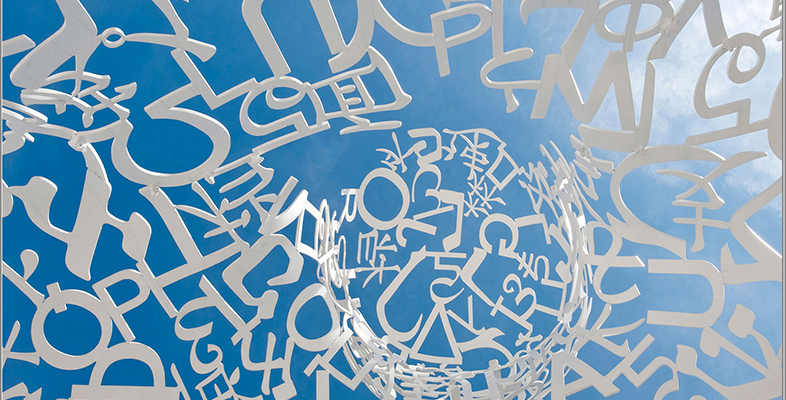5.4.2 Remaining impartial
You might have noticed from personal experience or from watching courtroom dramas on television, for example, that the behaviour of witnesses may affect their credibility in the eyes of the jury, and this also extends to their language. Where a testimony is mediated by an interpreter, this could have potentially serious consequences for fairness and equality. In a research paper published in 1996, Gibbons and Grabau considered how the conduct of a court interpreter might influence the legal process. As might be expected of a legal journal, the language in this extract is quite complex.
Reading 5 Colouring the interpretation
Legal literature is replete with instances in which a misinterpretation affected the substantive rights of parties, and linguists have discovered what attorneys [lawyers] naturally know – that the manner and demeanor of a witness affects credibility. For example, a defendant testifying using complete sentences is more likely to be acquitted than a defendant testifying in sentence fragments. However, many judges and attorneys are not aware of the impact that even minor alterations by an interpreter may have on a juror. Even minor differences such as dialect, accent, voice quality, and linguistic fluency are related to how a listener views the speaker’s trustworthiness, ‘likability’, and benevolence. Accordingly, interpreters may subtly, even unconsciously, affect the outcome of the proceedings through their interpretation strategy. This section discusses six ways a court interpreter may ‘color’ the interpretation and affect how a juror evaluates a witness or attorney in four areas: convincingness, competence, intelligence, and trustworthiness. These four areas are essential in making a credibility determination.
Gibbons and Grabau based their discussion on an experiment investigating how the English-language interpretation of testimonies given in Spanish influenced the perception of the credibility of witnesses in the eyes of mock jurors. Interpreters will often use a polite form of address even if such was not used in the original. An example of this is the witness saying ‘No’, and the interpreter saying ‘No, sir’. Research suggested that jurors viewed witnesses who used terms like ‘sir’, ‘ma’am’ or ‘miss’ relatively more favourably. Other interpreters rendered the Spanish testimony of witnesses into a more formal style of English than was the case in the original Spanish. These witnesses were evaluated more favourably than those whose testimony was interpreted in a less formal style. On the other hand, witnesses whose testimony was interpreted in the passive voice were generally evaluated as less intelligent or trustworthy than those whose utterances in Spanish were interpreted in the active voice. ‘Hedging’ (avoiding making a definite statement) and the use of words like ‘well’ were considered to indicate uncertainty in a witness, so the addition or deletion of such words by the interpreter could affect the perceived credibility of a witness.
Gibbons and Grabau concluded that:
Existing research demonstrates even minor errors in interpretation may affect how a factfinder views a witness. Accordingly, judges, attorneys, and interpreters must be constantly vigilant that at all times the interpreter is interpreting everything that is said in the appropriated grammatical form and register. Moreover, the ‘visibility’ of the interpreter in the courtroom may affect how the jury views the counsel, the witness, and possibly, the court itself. This research further supports the need for professional certified court interpreters because most of the problems discussed above can be eliminated or minimized through proper court interpreter training.

